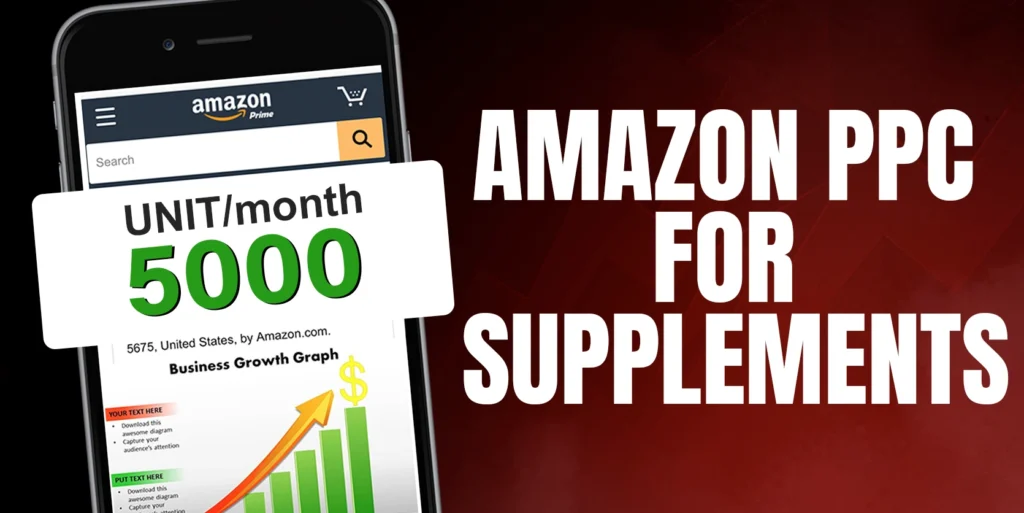A ton of sellers join Amazon everyday. There are also so many who have been running their business for a long time. It’s becoming hard for sellers to compete day by day. But it’s not impossible. A seller needs to showcase their product at the top of Amazon search so that consumers can get a chance to buy it. For this seller needs to understand consumer search priority, keywords related to their items to rank their product at the top of Amazon.
While sellers can figure out what keywords they would like to target without using software tools, sellers can save time and energy using keyword research tools. By using Helium10, sellers can see which keywords sellers competitors are using and ranking for and other helpful metrics to Improve Product Rank.
In today’s content, we will show some strategies on how you can outrank your Amazon competitors for maximum keywords.
Table OF Content:
- Identifying Competitors on Amazon.
- Segment Keywords.
- Track Keyword Rankings.
- Insights.
Identifying Competitors on Amazon
First, you need to understand your competitors very well. For this below product listing, if we search with “string lights” keyword we can find minimum 100’s of products on Amazon search page. But are they all relevant to this product? The answer is no.
There are tons of products that are not fully similar to your products. So you need an USP to rank your product correctly on Amazon.
Here is the USP(Unique Selling Proposition) for the given product: Waterproof Sparkling String Lights which differentiate this product with other competitors. This keyword describes this product more accurately.
By searching on Amazon with this keyword, we picked the top 9 products that are showing organically on page one. As they are already ranked with that keyword phrase we can take them as our targeting keyword.
You can use the H10 extension option for X Ray for Amazon Product Research and find the products in the page both organic and sponsored.
Then collect the top 9 ASINs and put those in the cerebro of H10.
The first ASIN will be your ASIN and the rest will be the competitors you picked from X-ray. This will help you to get the keywords that are more relevant to your product. After that you click on Get Keywords. H10 will give you a bunch of keywords.
There are some keywords that are totally generic and have less search volume.
Sometimes they are also irrelevant to your products. Ours is mains powered but we got some keywords that are solar powered . So we will ignore them and won’t waste time tracking them.
Here are some keywords that are relevant to our products so we will pick them and add them to the master list.
Segment Keywords
You can pick all your USP from the product title and segment those keywords.
We picked these 4 USPs for our product and generated keywords with them.
Now, What is the segment keyword? Segment keyword means categorizing keywords into different lists. Suppose for the above product we can lists of the below category:
- Waterproof
- Sparkling
- Shatterproof
- Outdoor Indoor
This way you can segment your keywords and run separate campaigns for those.
Track Keyword Rankings
You can now pick the keywords from the master list and segmented keywords list, and track their ranking to understand the competition.
You can find Keyword Tracker under the Analytics section of H10. You can put all the keywords and the respected ASIN to track those keywords rank and performance as well.
Here we can see the ASIN. If we click on the product title we can find out more information.
After clicking on that you can see your targeted keywords for tracking and can find some metrics like Competing Products, Organic Rank, Sponsored Rank. .
- Competing Products: In this section you can find the number of competitors using the same keyword. You have to beat them to show your product on the first page for that keyword. You can not see any metric for this section.
- Organic Rank: In this Category you find the organic rank of the keywords and you can find the last 30 days, 90 days , 1 year and all time data. If you pick all time data or 1 year data we can track the keyword’s organic ranking properly. You can find which time your organic rank improved and when your organic rank was down for that keyword.
You can also find the top position and lowest position at the bottom of the metric page along with the date and time.
- Sponsored Rank: You can find your keyword sponsored rank like the organic rank. If you took the date range longer it would be easier for you to make a decision on that particular keyword.
For sponsored rank you can find the top position and lowest position similar to organic rank data at the bottom of the metric page along with the date and time.
Insights
Utilize Helium 10’s keyword research tools like Magnet or Cerebro to identify relevant and high-volume keywords related to product. Look for keywords that have a good balance between search volume and competition. Helium 10’s Rank Tracker can monitor the performance and position of keywords over time. This helps to assess the effectiveness of PPC campaigns and make data-driven optimizations.


